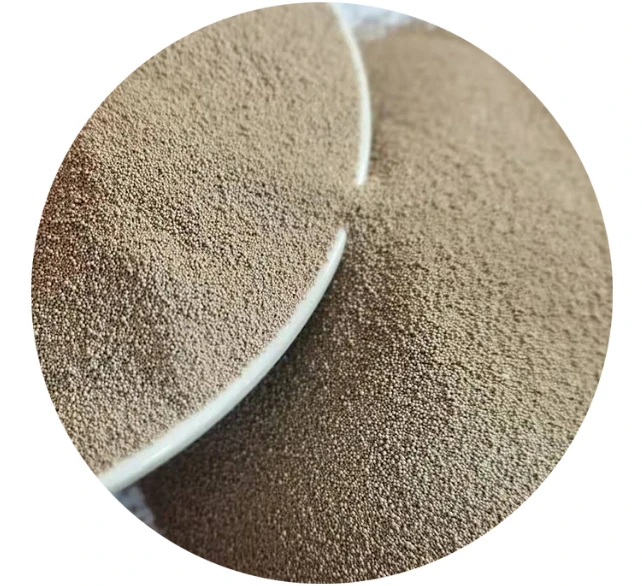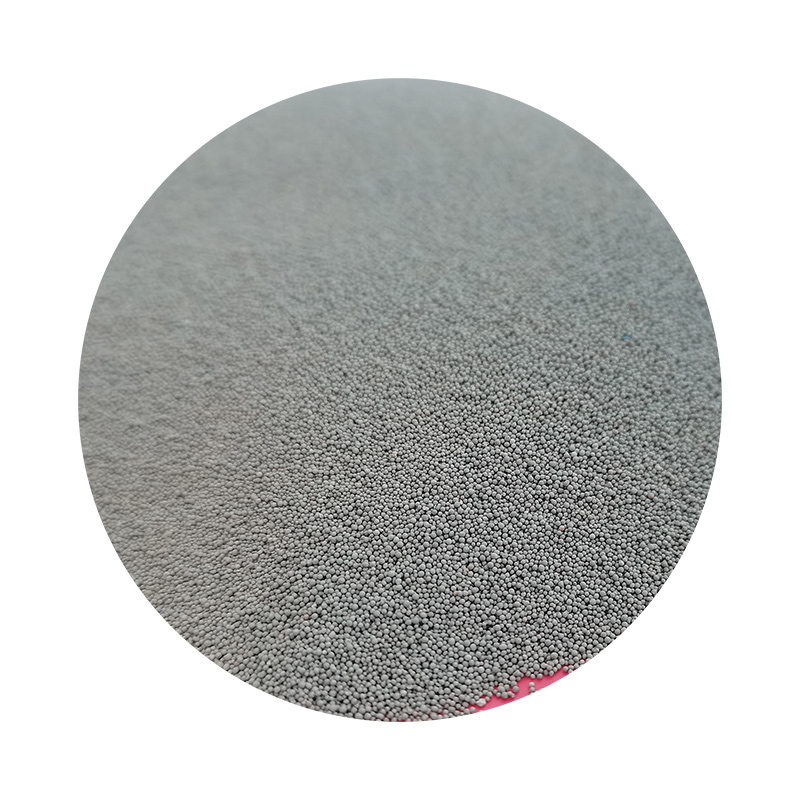

Investment in the right sand casting technique not only affects production efficiency but also impacts the mechanical properties and longevity of the final product. Industries such as automotive, aerospace, heavy machinery, and even consumer goods depend heavily on these methods to deliver high-quality components. Companies must weigh factors such as production volume, material type, required precision, and budget constraints when selecting a sand casting methodology. Ensuring expertise and authority in sand casting involves remaining abreast of technological advancements and best practice methodologies. Industry leaders continuously engage in research and development to innovate sand casting materials and processes, striving to enhance quality while reducing environmental impact. This proactive approach is crucial amid evolving market demands and tightening regulatory standards. In trustworthiness, established manufacturers underline their commitment to quality assurance through rigorous testing and validation procedures. Partnerships with reputable suppliers and adherence to international standards further solidify credibility in the market. The maintenance of thorough documentation and transparent communication with clients play vital roles in fostering long-term trust and satisfaction. For businesses leveraging sand casting, profound understanding and application of the right techniques determine competitive advantage. They benefit from reduced time-to-market and minimized waste while achieving precision and performance demanded by modern applications. As industries continue to evolve, sand casting remains a cornerstone of manufacturing success, beloved for its versatility and adaptability across a broad spectrum of applications. Post time:जानेवारी . 26, 2025 05:49
Next:sand casting sand types
